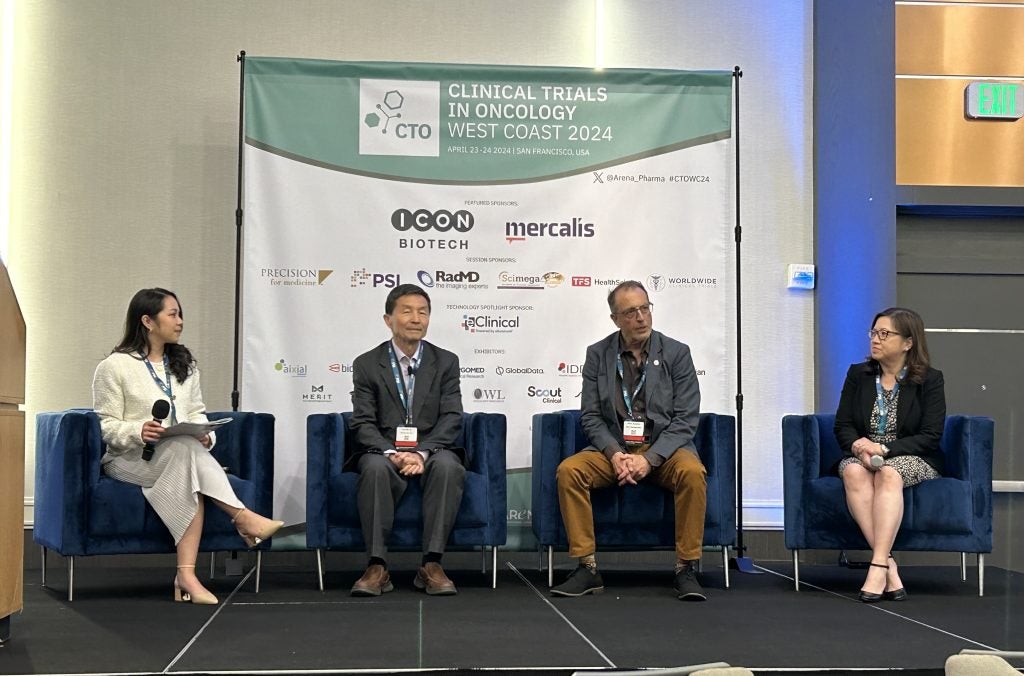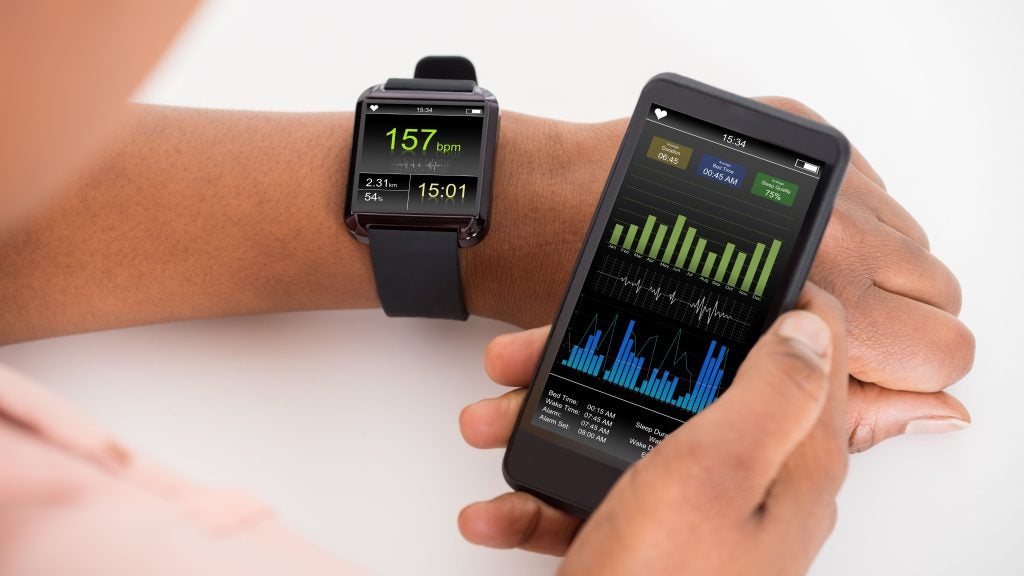
As insiders in the clinical research and development space, we can all agree that clinical trials are becoming more complex and challenging. The competition to successfully execute trial phase and introduce a new product to the market on time and within budget is growing exponentially. Nonetheless, the challenges facing study teams continue to grow, as they address problems such as:
- How to enroll and retain clinical participants
- How to manage a supply chain spanning every corner of the globe
- How to work with more complex investigational products (IP), requiring significantly more time to develop, produce and transport
In a recent report by Mordor Intelligence, the clinical trials market is expected to grow from an estimated $14.2 billion in 2016 to $22 billion by 2021, with a compound annual growth rate of 7.5 percent within the same period.1
So, how does your clinical supply chain cope with this reality? More pressingly, how do you gauge your performance in adapting to the changing landscape while continuing to deliver for the study team? At Janssen Research & Development, one of the key performance indicators (KPI) for the clinical supply chain (CSC) is the successful dose metric. This measures our performance in delivering the right product, in the right quantity, to the right place, and at the right time. The successful dose metric ultimately enables the study team to successfully execute all trial phases.
We have realized that as the market trend and expectation continues to evolve so must every function within the supply chain. The timeline for deliverables, which was once at the forefront of the industry only a few years ago, is now unacceptable in this present-day reality. The resulting effect is that a growing number of pharma and biotech companies are outsourcing significant aspects of their supply chain to remain competitive.
What’s more, companies are beginning to realize the necessity of exploring the rapidly evolving technology landscape and the solutions it provides. For this article, we will discuss some of these technology solutions and identify some advantages it may provide for a clinical supply chain.
Leveraging Smartphones to Create Visibility in the Supply Chain
Firstly, let’s reflect on the smartphone which became mainstream about a decade ago and continues to evolve at a rapid pace. So, why didn’t someone come up with it sooner? The reality is the smartphone and similar smart devices did exist much earlier. However, the infrastructure and support required to enable the primary functions and features were either nonexistent or in the infancy of development. Therefore, market interest and demand did not exist to propel the evolution of these smart devices.
How well do you really know your competitors?
Access the most comprehensive Company Profiles on the market, powered by GlobalData. Save hours of research. Gain competitive edge.

Thank you!
Your download email will arrive shortly
Not ready to buy yet? Download a free sample
We are confident about the unique quality of our Company Profiles. However, we want you to make the most beneficial decision for your business, so we offer a free sample that you can download by submitting the below form
By GlobalDataSimilarly, the idea of leveraging smartphones and network infrastructure to provide better visibility and management of clinical supplies was considered farfetched to many. In this digital age, where information is key for an effective, efficient and productive supply chain, why then don’t we take the next step of further capitalizing on the devices we already use in our everyday lives? The smartphone in our pockets can be used to access real-time information on supplies, including the status of an in-transit shipment, or inventory at our depots and sites. This newfound visibility can enable real-time responses to issues as they occur to mitigate small problems before they become a disaster.
In the last five years, there has been a significant push by tech companies to invest in initiatives seeking to expand the mobile infrastructure globally. This in turn provides the platform from which a supply chain can implement solutions to reduce transit time and minimize delays for all clinical sites.
As the competition increases and study teams are forced to expand into less developed and more rural reaches of the globe, technology solutions can be implemented to bridge the gap between study team and patients/sites. These solutions can include networked temperature monitoring devices with GPS trackers, which feed real-time data, notifying stakeholders of issues as they occur. This will enable better coordination across the team and agile responses to minimizing patient impact.
The Growing Role of Real-Time Data
Additionally, organizations such as TransCelerate BioPharma are working on moving forward tech initiatives, including the drive to harmonize regulations within different countries. This will standardize and simplify shipping requirements, while streamlining the process of obtaining import permits to regions across the globe.
In an ideal scenario, study teams will be able to enroll candidates whenever the opportunity arises and retain those subjects for the duration of the study. An unfortunate reality is that the supply of IPs is often attributed as a primary contributing factor for trial delays. Fortunately, as the use of smartphones continues to grow exponentially, there are opportunities that may assist in alleviating some of the impact on the supply chain during trial execution.
These can include leveraging smartphones to provide real-time data of a patient status, from which information related to upcoming visits can be captured. Such information is vital when pursuing a just-in-time shipment or triggering an on-demand resupply strategy.
Furthermore, patient engagement applications may also provide data related to demand trends. This would enable supply managers to better predict future demands and minimize the risk of stock out while reducing scrap and cost. Among the numerous benefits of being connected in real-time with patients and sites, is the ability of application base solution. This can capture pertinent information to help the study team a wider range of flexibility to enroll and retain candidates.
Harnessing the Power of the Wearable Device
Another such innovation that’s becoming increasingly popular are wearable devices. In a recent consumer intelligence report by Pricewaterhouse Coopers, the wearable device market grew 29 percent in 2016.2 Furthermore, the primary factor for consumers adopting wearable devices were due to the health-related functions. As consumer sentiment towards wearables continues to rise, what’s apparent is that it will become the new technology frontier in the near future.
Additionally, wearables can be developed and configured to administer medication to patients which minimizes user error and better compliance. Such devices are already in use, including the wearable V-Go Disposable Insulin Delivery Device that received FDA approval back in 2010.4 The fact remains that wearable devices are the future for its proven practicality both in the hands of consumers and businesses. The advantage of wearables in clinical trial applications are numerous and continues to increase with each evolution of the technology.
Are You Going to Lead from the Front or Play Catch-up?
In a 2016 analysis by Tufts Center for the Study of Drug Development, they reported an average cost of $2.558 billion USD for development and market approval for a new drug.5 If the rising cost of R&D wasn’t enough for pharma and biotech companies, it is further complicated by the cost of health care in the U.S., the largest consumer market.
Lawmakers are directing more focus on the goal of reducing drug cost by taking steps, such as the introduction of the drug importation bill, which seeks to open the U.S. drug market to overseas suppliers to curb overall health care expenditures. With the pressure mounting on both ends of the spectrum, companies are forced to revisit the drawing board. Sponsors must now determine how to streamline their R&D process by identifying areas to improve efficiency and productivity while reducing cost.
As technology continues to advance, companies are realizing the benefits of thinking outside the box. A critical aspect of clinical trials in R&D is the clinical supply chain, which can be categorized as the lifeline of a trial.
Whether the objective of implementing tech solutions is to have closer collaboration among the clinical team, much of the technology solutions are already at our disposal. Nonetheless, the challenging question for many firms remains: Are you going to lead the tech implementation initiative to gain an advantage on the competition, or will you take the ostensibly safe route and continue to play catch-up?
References:
- “Clinical Trials Market – Global Trends, Growth, Analysis and Forecasts (2016 – 2021).” Clinical Trials Market | Size | Share | Future Scope (2017-2022), mordorintelligence.com/industry-reports/clinical-trials-market
- “The wearable life 2.0: Connected living in a wearable world.” PwC, www.pwc.com/us/en/advisory-services/publications/consumer-intelligence-series/wearables.html
- Kothari, Jay. “A new chapter for Glass – The Team at X.” The Team at X, The Team at X, 18 July 2017, blog.x.company/a-new-chapter-for-glass-c7875d40bf24
- Fennell, Diane. “FDA Approves New Type of Insulin Delivery Device.” Diabetes Self-Management, www.diabetesselfmanagement.com/blog/fda-approves-new-type-of-insulin-delivery-device/
- “Tufts Center for the Study of Drug Development.” Tufts CSDD R&D Cost Study Now Published | Tufts Center for the Study of Drug Development, csdd.tufts.edu/news/complete_story/tufts_csdd_rd_cost_study_now_published







